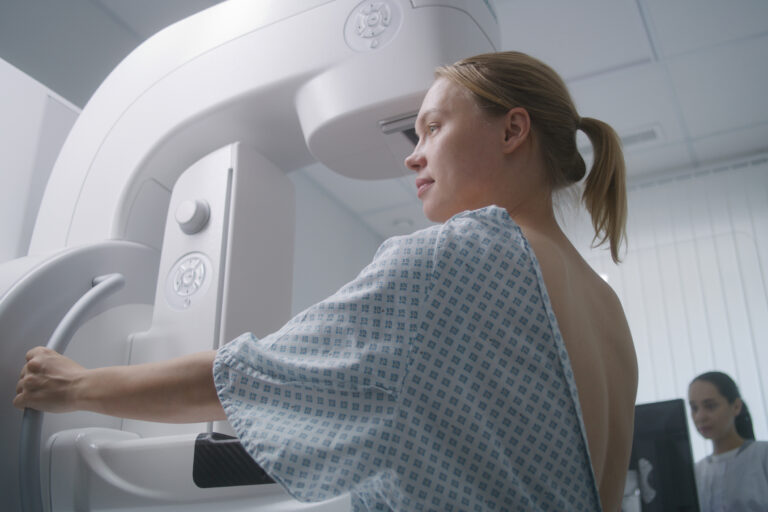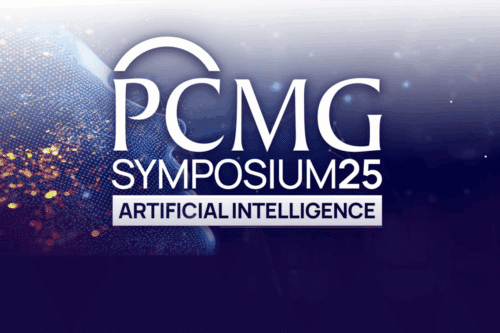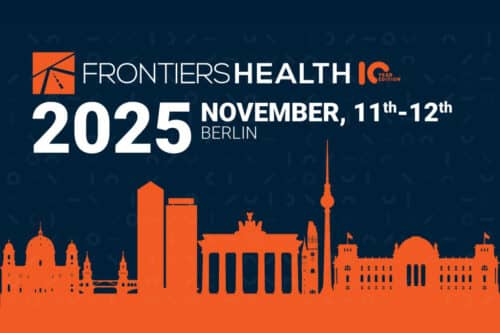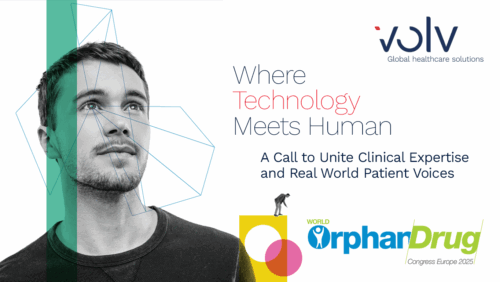By Léon Van Wouwe, Clinical Innovation Director, Volv Global
New data from Roche’s Itovebi (inavolisib) combined with Pfizer’s Ibrance (palbociclib) and Faslodex (fulvestrant) has delivered a major milestone in breast cancer care, showing a remarkable 33% reduction in mortality for patients with HR-positive, HER2-negative, PIK3CA-mutated advanced breast cancer.
This breakthrough offers significant hope in managing one of the most common and challenging breast cancer subtypes, especially benefiting patients who have progressed after hormone therapy. Yet, as we acknowledge this clinical achievement, a critical and pressing question arises:
How many more lives could we significantly improve, or even save, if these patients were diagnosed earlier?
The Challenge: Too Many Diagnoses Still Come Too Late
While targeted therapies are revolutionising cancer care, their full therapeutic potential often remains unrealised due to the persistent and complex issue of late diagnosis. Particularly in HR+/HER2- breast cancer, the diagnostic journey is often protracted and challenging. Symptoms can be subtle and misleading, resistance to treatment evolves gradually and silently, and crucial genomic testing access may be limited by systemic barriers. For patients with PIK3CA mutations, every delay translates directly into worsened outcomes, significantly limiting their therapeutic options.
These diagnostic delays result in considerable missed opportunities – not only for patients whose lives depend on timely intervention but also for pharmaceutical innovations whose efficacy diminishes as disease stages advance.
The Opportunity: Detecting Risk Signals Earlier Using EMR and AI
Emerging advancements in AI and sophisticated data analytics now offer a promising pathway to closing the critical gap in early breast cancer diagnosis.
By harnessing patterns within electronic medical records (EMRs), it is possible to identify early, subtle risk indicators well before a formal breast cancer diagnosis. These early indicators can manifest as seemingly benign, recurrent symptoms, medication prescription patterns, comorbid conditions, or specific referral behaviours. When accurately captured and analysed, these subtle signals facilitate the predictive identification of at-risk patients, potentially years ahead of current clinical diagnosis timelines.
Similar methodologies have already proven successful in rare, hard-to-diagnose cancers like Gastroenteropancreatic Neuroendocrine Tumours (GEP-NETs), where diagnostic delays have been significantly reduced by up to seven years through predictive analytics. Extending these methodologies to more prevalent cancers, such as HR+/HER2-/PIK3CA-mutated breast cancer, presents an immense opportunity to substantially extend therapeutic windows and improve patient prognoses.
The Shift: From Precision Medicine to Precision Diagnosis
Modern oncology has seen extraordinary advancements in precision therapies, but these advancements must be complemented by equivalent progress in precision diagnosis. The shift must start significantly earlier, ideally within primary care settings, as waiting until oncology referral often proves too late.
With robust AI-driven healthcare infrastructure, we can empower clinicians, researchers, and pharmaceutical companies to:
- Identify patient segments at risk much earlier, enabling healthcare providers to initiate preventive and proactive care strategies at a point when interventions can be most impactful, thereby reducing the long-term burden on healthcare systems and improving individual patient outcomes.
- Enhance patient selection precision for clinical trials, ensuring that trials are better designed, more efficiently executed, and specifically targeted to patient populations most likely to benefit, thereby improving the speed and effectiveness of new treatment validations.
- Improve access and adoption of groundbreaking therapies, significantly expanding their clinical impact by accurately targeting therapy to patients who will derive the greatest benefit, which increases therapy effectiveness, reduces wastage, and maximises healthcare resources.
- Enable clinicians to navigate and address the most critical unmet needs in cancer care today by providing comprehensive, data-driven insights that facilitate timely diagnosis and personalised treatment decisions, ultimately closing critical gaps in patient care and improving survival rates.
What’s Next?
The oncology pipeline is brimming with innovative therapies, and the clinical and pharmaceutical sectors have never been more prepared to harness these transformative possibilities. However, maximising patient outcomes requires a concerted parallel investment: in early detection mechanisms, actionable data intelligence, and strategic collaborations.
Leading pharmaceutical companies, healthcare providers, and technology innovators must collaborate to leverage AI-driven predictive analytics, transforming early detection from aspiration to operational reality. By accelerating this integration, we ensure more patients benefit fully from therapeutic breakthroughs like Itovebi and Ibrance.
At Volv Global, we’re already working with forward-thinking teams to make this vision a reality — helping to identify the patients who need access to personalised therapies, earlier and more precisely than ever before.
Let us shape a future where oncology care is defined not merely by the potency of treatments available but by the precision with which we ensure they reach patients exactly when they can make the greatest difference.
About the author
Léon van Wouwe has 20+ years’ global experience in clinical development and operations, uniting data science with pharma and research. He drives cross-functional collaboration to advance innovative treatments.
Links:
Volv Global: We find more of the right patients










